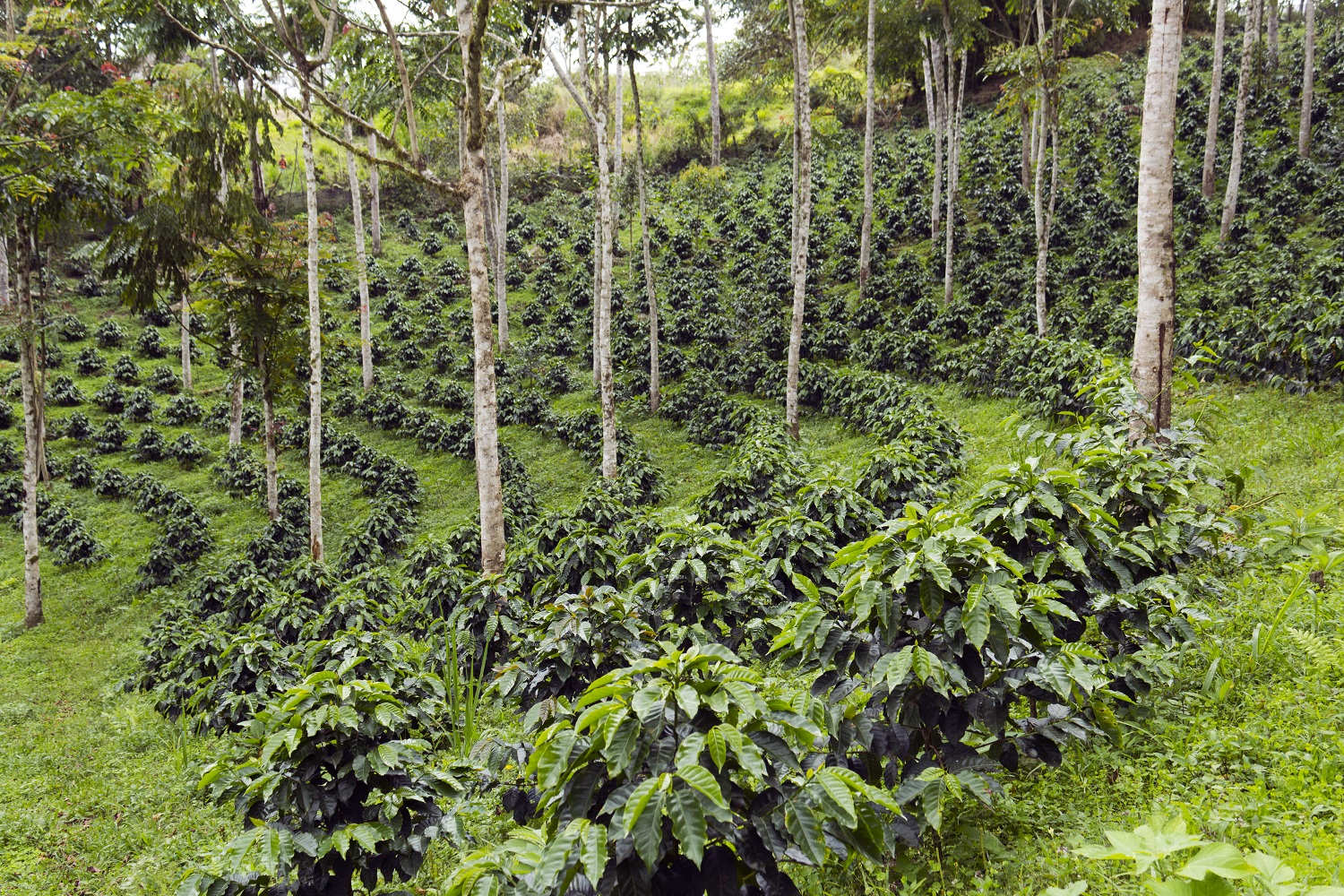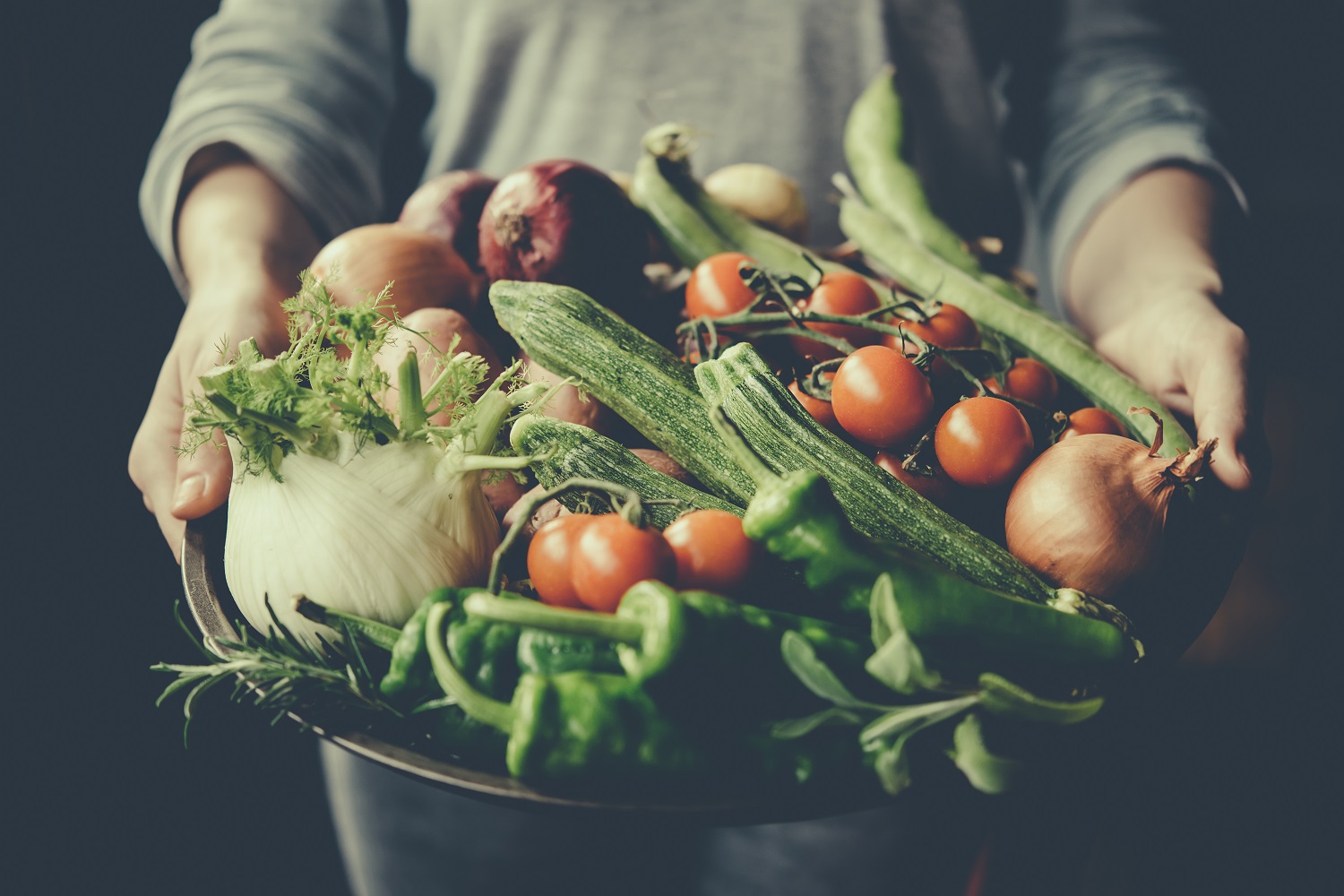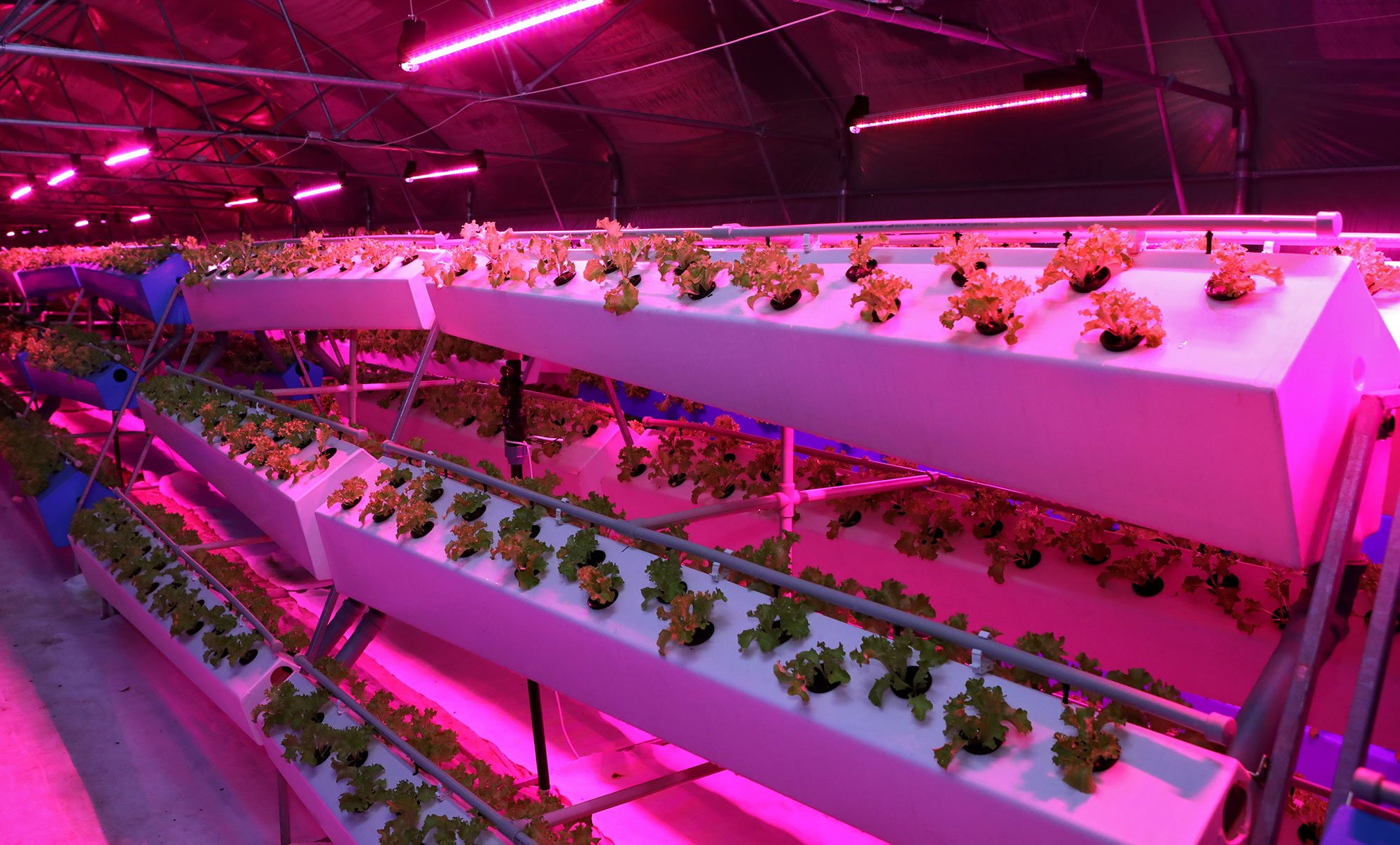
Introduction
The stark inequalities in access to safe and nutritious food, as well as the insecurity of rural livelihoods, are examples of the existing vulnerabilities in the global food systems. According to the Global Report on Food Crises 2020, the number of people suffering from acute food insecurity reached an all-time high in 2019. The current COVID-19 pandemic, which is overwhelmingly impacting the world’s most vulnerable communities, has further demonstrated that new and daunting threats are emerging in the already complex food value chain. The pandemic has intensified pre-existing drivers of food insecurity, mainly due to decreasing economic activity, as reported by the September 2020 update analysis on food security in times of COVID-19. Furthermore, there are several other central concerns, including climate change, political instabilities, infectious diseases, hunger, malnutrition, food losses and waste, which require our immediate attention in order to increase the resilience of the current global food system.
The United Nations Secretary-General António Guterres is scheduled to convene this year’s Food Systems Summit as a bold move to stay on track and achieve the Sustainable Development Goals (SDGs) by 2030. The 2021 UN Food Systems Summit (UNFSS) aims at starting an exciting journey in which we can collectively transform our food systems in line with the set 2030 Agenda. Five action tracks of the UNFSS were released on the 4th of September 2020 by the UN Deputy Secretary-General Amina J. Mohammed and UN Special Envoy Agnes Kalibata. The tracks were established to address synergies and potential trade-offs and identify groundbreaking actions, innovative ideas and methodologies that can deliver broad advantages across all SDGs. The action tracks include:
- Ensuring access to safe and nutritious food for all (Action Track 1)
- Shifting to sustainable consumption patterns (Action Track 2)
- Boosting nature-positive production at scale (Action Track 3)
- Advancing equitable livelihoods (Action Track 4)
- Building resilience to vulnerabilities, shocks, and stresses (Action Track 5)
On the road to the 2021 UNFSS, Action Track 3 (AT3) possess an enormous potential to foster innovations aimed at scaling food security and environmental sustainability. WWF International‘s Global Leader, Food Practice, Joao Campari, chairs the UNFSS AT3 Leadership Team with the United Nations Convention to Combat Desertification (UNCCD) as the anchoring agency. AT3 focuses on ramping up nature-friendly food production practices to meet the basic human rights to nutritious and healthy food while operating within the proposed quantitative planetary boundaries.
Nature-Positive Food Production Systems (AT3)
Nature-positive systems of food production (as a form of Nature-based Solutions (NbS)) recognize that biodiversity supports the provision of all ecosystem services that the human society relies on, and that these services are essential to the achievement of the SDGs, the Paris Agreement, and the Convention on Biological Diversity (CBD). NbS leverage ecosystems’ ability to minimize greenhouse gas (GHG) emissions while also assisting us in responding to the adverse effects of climate change and reducing biodiversity loss. The specific contributions of AT3 will be – the achievement of SDG12 (Responsible Consumption and Production), SDG13 (Climate Action), SDG14 (Life Below Water) and SDG15 (Life on Land).
The Green Revolution laid foundations for increased agricultural productivity at the expense of environmental health. According to the WWF’s Living Planet Study 2018, the size of mammalian, bird, fish, reptile, and amphibian populations has declined by 60% on average in just over 40 years. This is a clear testament to the adverse impact of anthropogenic activities on environmental sustainability and biodiversity integrity. It is therefore imperative to establish channels that promote the Nature-Positive Agenda on a global scale. According to a recent World Economic Forum (WEF) report, nature-based economic initiatives such as recycled industrial materials (Circularity), healthy diets, and “smart” building construction, could generate $US 10.1 trillion in economic opportunities and create 395 million jobs by 2030.

The global expansion of discourses on land tenure security, food justice, and subsidy provisions are all part of a shift to a better, fairer agri-food system. As a result, it is important to make an immediate transition to a modern agricultural system that is both socially just and environmentally sustainable. This is embodied in Agroecology – a sustainable agriculture approach that works with, rather than against, ecosystems (Altieri, 2018; Rosset and Altieri, 2017) and rural land-rights campaigns. Agroecological practices lead to the realization of the SDGs by providing sufficient food for the increasing global population, promoting environmental restoration, minimizing the dependence on non-renewable energy and ensuring the economic viability of low-input agricultural systems.
Agroecological Innovations for Sustainable and Resilient Food Systems
Agroecology as a science employs ecological concepts to regulate species interactions in order to increase crop production and other services such as insect pest control and nutrient retention while minimizing the use of non-renewable agro-inputs (i.e. pesticides) and associated production costs. Gliessman (2021) highlighted that, agroecology moves ‘from a narrow concern of farming practices to the whole universe of interactions among crop plants, soil, soil organisms, insects, insect enemies, environmental conditions, and management activities and beyond that to the effects of farming systems on surrounding natural ecosystem’.

Agroecology has supported and fed smallholder farming communities around the world, and according to studies focusing on these sections of the population, agroecological practices are more resilient to the adverse effects of climate change. Agroecology encompasses the recycling of nutrients and energy; the integration of crop and livestock farming (mixed farming); and diversified farming practices that promote the conservation of genetic resources (such as agroforestry and agrisilviculture). Moreover, agroecological systems utilize natural processes for pest management and soil fertility improvement (e.g. through mulching, polycultures, and cover crops).

Transitioning to agroecology has multiple and substantial benefits to farmer communities, nutrition, soils and the environment, but it requires far more than just financial investments and land. Thus, instead of a traditional, monoculture-based systems that rely heavily on external inputs, we need to establish sustainable and restorative agricultural systems that aim to improve the livelihoods of smallholder farmer communities and promote biodiversity conservation under the prevailing climate vulnerabilities. Strategic initiatives that support marginalized local food producers – through a fair market share system with multinational corporations – should be established. In addition, shorter supply chains (the path that food takes from farm to fork) are required in the food system to provide more value to farmers and local, healthier, seasonal, and affordable food to consumers.
Table 1: Leading Institutions Supporting the Adoption of Agroecology as a Nature-Positive Production Model
| Programme/Institution | Background Profile |
| Agricultural and Rural Convention (ARC) | Platform for organizations in the EU that work together for good food, good agriculture, and better rural policies |
| The EU-funded AE4EU Project | The project contributes to agroecology research and innovation through numerous strategic goals. |
| UNISECO | ‘European research project aiming to develop innovative approaches to enhance the understanding of socio-economic and policy drivers and barriers for further development and implementation of agro-ecological practices in EU farming systems.’ |
| The AgroEcology Fund (AEF) | A ‘multi-donor fund supporting agroecological practices and policies’ across the globe. |
Table 1 presents a summarized list of some prominent projects that are advancing the agroecology agenda across the globe. Biovision and ICIPE are also implementing the Push-Pull project in sub-Saharan Africa’s cereal production systems. Smallholder farmers receive extension services on how to grow crops (primarily maize and sorghum) without using inorganic agro-inputs.
Conclusion
A proper response to a deepening food crisis that overwhelmingly affects already vulnerable communities necessitates decisive climate change action. The forthcoming UNFSS, the first of its kind, provides a rare opportunity to bring in stakeholders from across the entire food supply chain to discuss the food crisis and break down barriers to long-term food system transformation. Agroecology is needed to conserve natural resources, ensure food security and improve livelihoods at the grassroots level. It is therefore imperative that pathways be established to incorporate agroecology concepts into the UNFSS dialogue as part of the advancement of AT3.
References
Altieri, M. A. (2018) Agroecology: the science of sustainable agriculture. CRC Press.
Gliessman, S. R. (2021) Package Price Agroecology: The Ecology of Sustainable Food Systems. CRC press.
Nicholls, C. I., Altieri, M. A. and Vazquez, L. (2016) ‘Agroecology: principles for the conversion and redesign of farming systems’, Journal of Ecosystems and Ecography S, 5.
Rosset, P. M. and Altieri, M. A. (2017) Agroecology: science and politics. Practical Action Publishing.
